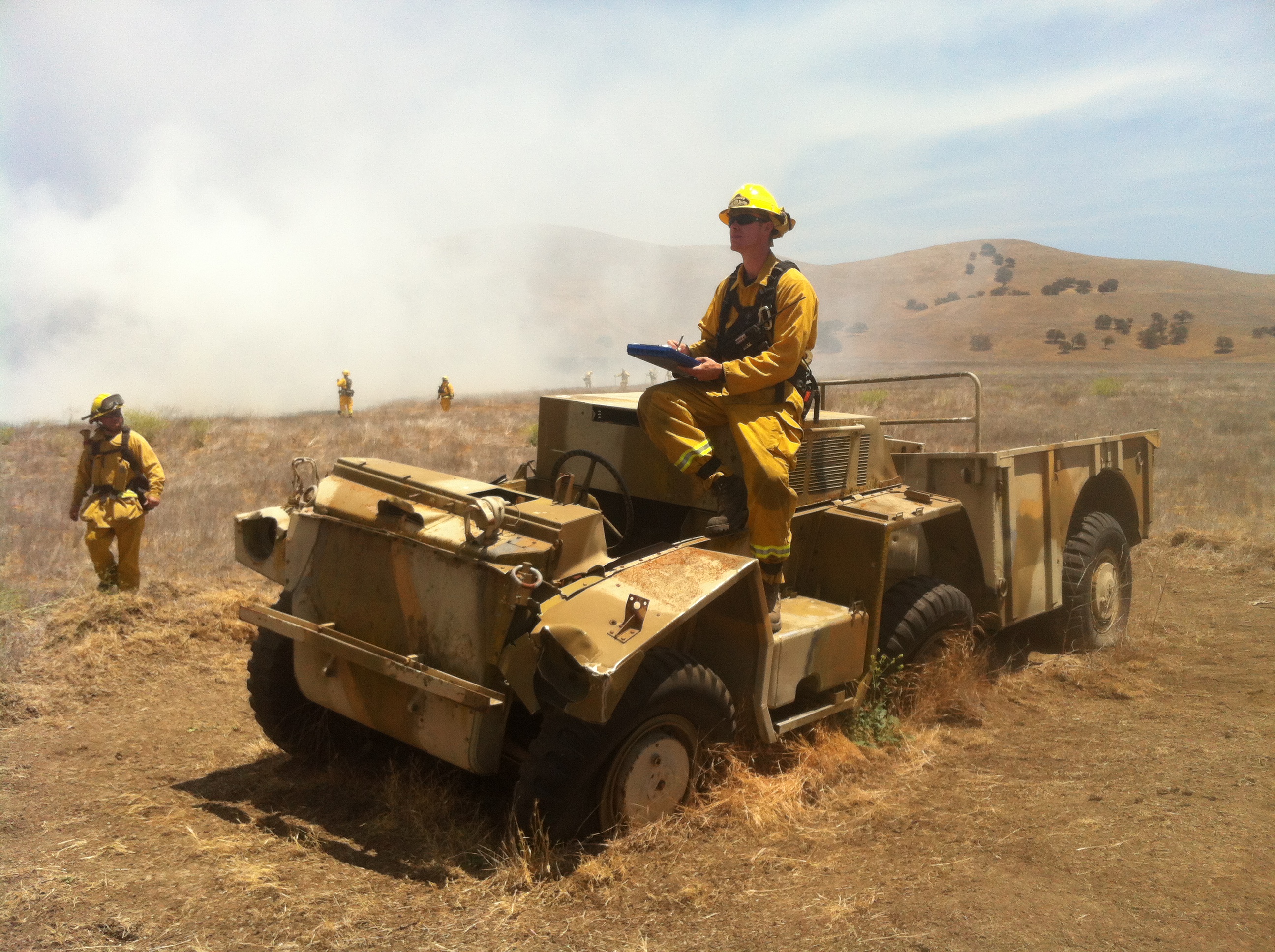"Empowering Excellence, Uniting Expertise: Igniting Tomorrow's Fire Practitioners"
Prescribed Fire Planning Resources
for the
California State Certified Burn Boss (CARX)

Prescribed Burn Planning
Welcome to the Burn Plan Information page, designed to guide practitioners through the essential elements of creating a comprehensive and effective burn plan for prescribed fires. A well-crafted burn plan is fundamental to ensuring the safety of personnel, the public, and the environment while achieving desired ecological outcomes.
1. Understanding Burn Plans
Definition: Learn what a burn plan is and why it is a critical component of prescribed fire management.
Objectives: Understand the primary goals of burn plans and how they contribute to ecosystem health.
Legal Requirements: Explore regulatory aspects and legal considerations associated with burn plans.
2. Components of a Burn Plan
Site Description: Provide a detailed overview of the burn site, including topography, vegetation types, and special considerations.
Objectives and Prescriptions: Clearly define the ecological and management objectives of the prescribed burn.
Ignition Plan: Outline the ignition strategy, considering weather conditions, firebreaks, and safety measures.
Smoke Management: Address strategies for managing smoke to minimize impacts on air quality.
Contingency and Emergency Response: Develop plans for unexpected events and outline emergency response procedures.
3. Pre-Burn Preparations
Fuel Moisture Levels: Monitor and assess fuel moisture levels to determine optimal burn windows.
Equipment Readiness: Ensure all equipment is in proper working order and personnel are adequately trained.
Community Outreach: Engage with local communities, stakeholders, and agencies to communicate burn objectives and address concerns.
4. Weather Considerations
Weather Forecasting: Utilize weather forecasts to choose appropriate burn days and times.
Temperature, Humidity, and Wind: Understand the impact of these factors on fire behavior and safety.
Inversion Conditions: Identify and mitigate inversion conditions that may trap smoke.
5. Execution and Monitoring
Ignition Sequence: Detail the sequence and method of ignition to achieve burn objectives.
Monitoring: Establish monitoring protocols to assess fire behavior, smoke production, and progress against objectives.
Decision-Making Criteria: Define criteria for decision-making during the burn to adapt to changing conditions.
6. Post-Burn Assessment
Ecological Outcomes: Evaluate the success of achieving ecological objectives.
Safety and Incident Review: Conduct a thorough review of safety protocols and incident responses.
Documentation: Complete post-burn documentation, including lessons learned and recommendations for future burns.
7. Templates and Resources
Sample Burn Plans: Access templates and examples to guide you in creating your burn plan.
Checklists: Utilize checklists for pre-burn, ignition, and post-burn activities.
References: Explore a curated list of resources, publications, and guidelines for further study.
We trust that this Burn Plan Information page will serve as a valuable resource for practitioners involved in prescribed fire management. For specific inquiries or assistance, please contact [Your Organization's Contact Information].
[Organization Name or Logo]
Menu
-
Smoke Management
146 hits -
Fire Behavior
152 hits -
Weather
146 hits -
Mapping
124 hits -
Burn Permits
152 hits -
Prescribed Burn Planning
135 hits
Document Library
Downloads: 0 | Size: 38.78 KB
Downloads: 1 | Size: 80.17 KB
Downloads: 11 | Size: 581.89 KB
Downloads: 10 | Size: 41.72 KB
Downloads: 12 | Size: 1.58 MB












